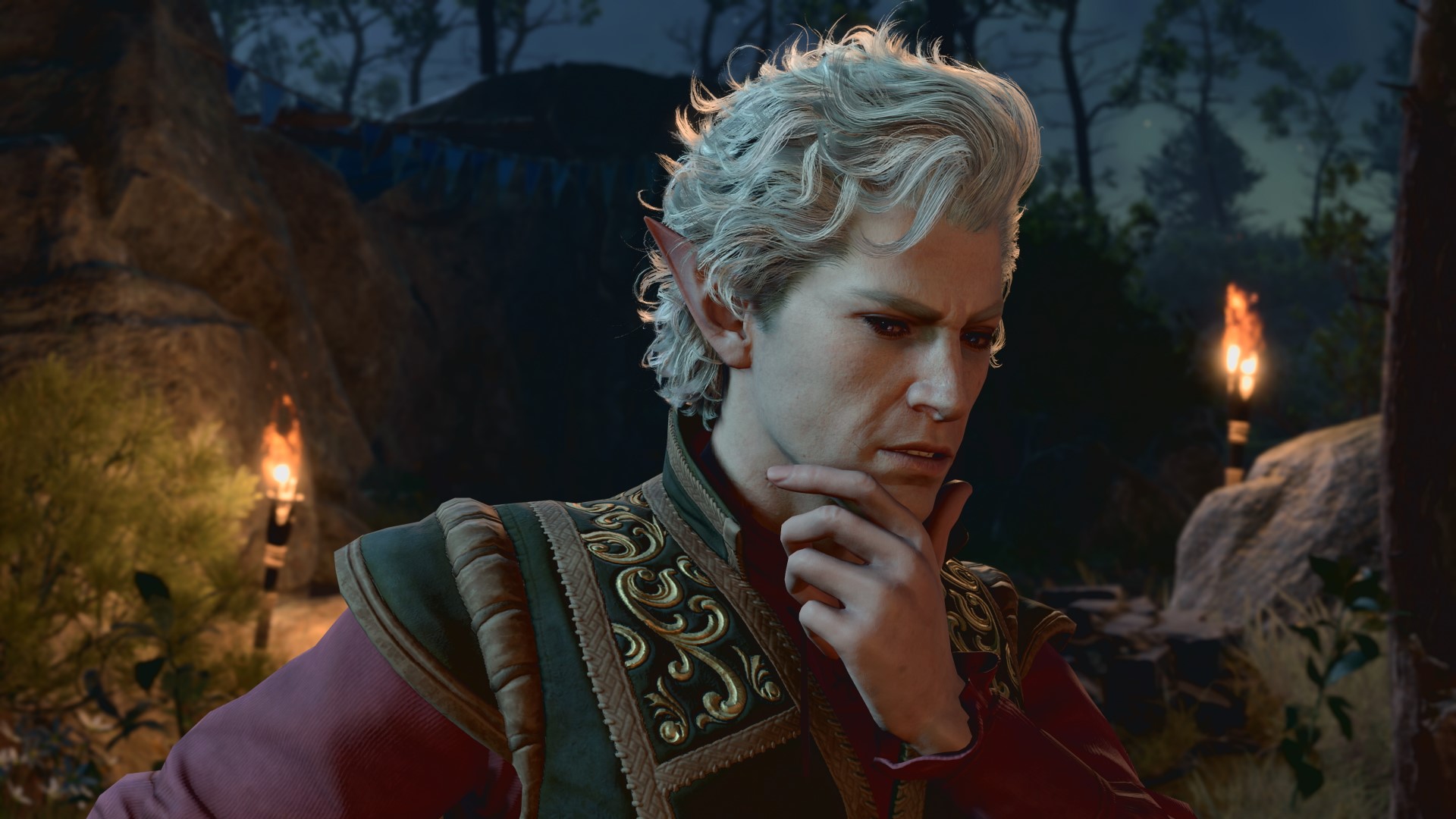
If you’ve sunk a few dozen hours into Baldur’s Gate 3 and are hungry for more, we’ve got good news for you: there’s a game out there, almost identical to Baldur’s Gate 3. It has 49 years of content available, and it’s just waiting for you to pick it up. The visuals are as good as your imagination, and the only limiting factor is how often you can get a group of friends together to play.
As you’re probably aware, Baldur’s Gate 3 is based on the Dungeons & Dragons Fifth Edition ruleset, right down to the virtual dice rolls. There are a few changes to the way certain classes and abilities act on the table versus in-game, but overall it runs remarkably similarly; Larian did a stellar job at both adapting the rules of an abstract tabletop game, and creating an end product that truly feels like D&D. This means it’s a very easy jump from Baldur’s Gate 3 into D&D proper.
Below, we’ll take you through everything you’ll need in order to take your Forgotten Realms experience from the virtual world to the kitchen table. There are many different ways to play - you’ll have to choose whether you want to be a player or a Dungeon Master, play online or in person - but we’ll provide all the information you need to get started. We’re going to be focusing on D&D’s Fifth Edition, as that’s the ruleset Baldur’s Gate 3 is based on, but much of this advice applies to all sorts of tabletop games.
Starting as a player
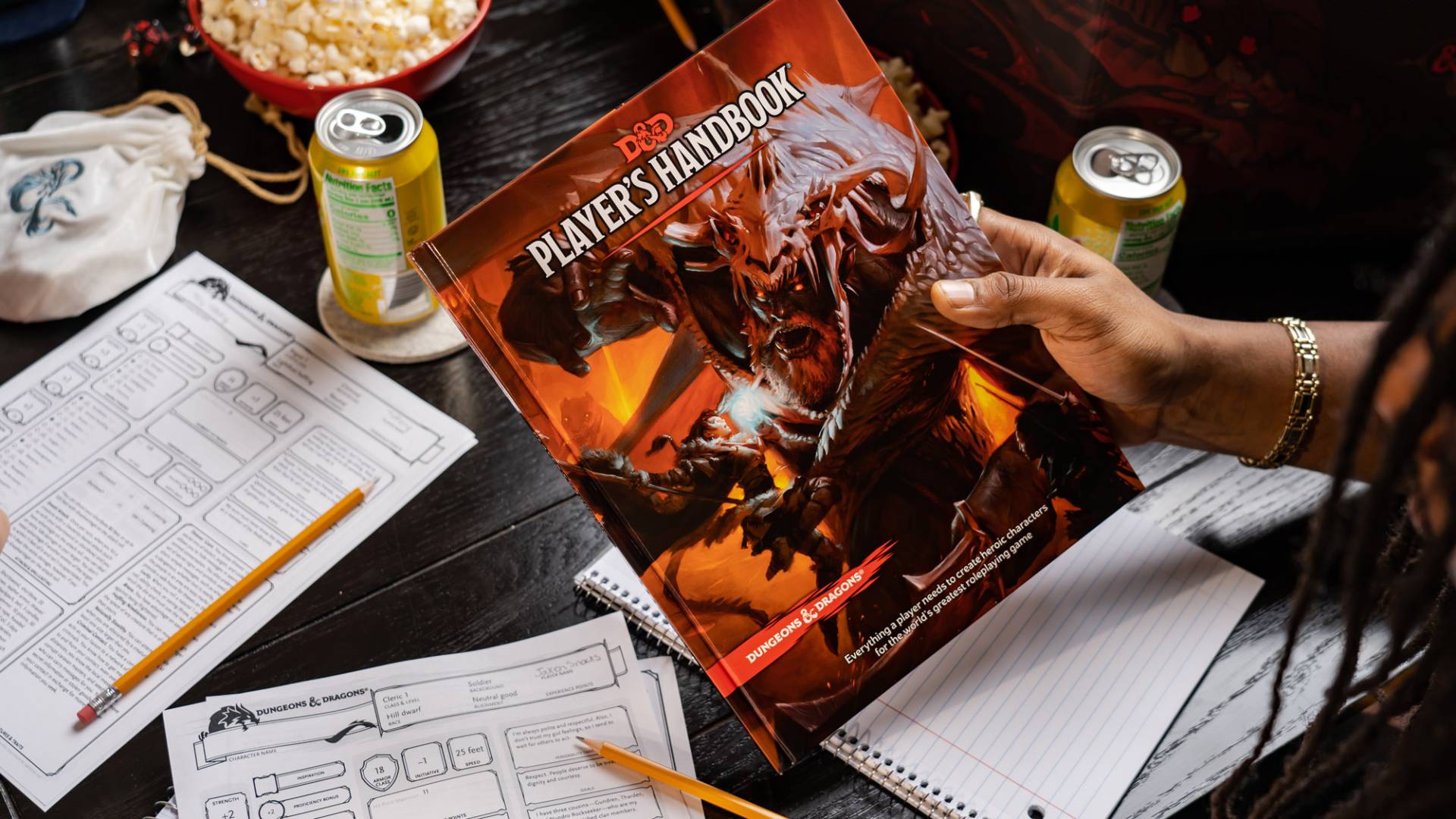
Being a player in Dungeons & Dragons Fifth Edition (or D&D 5e) means that you and some friends get together, either virtually or physically, and play through an adventure together with another person acting as the Dungeon Master (or DM). Rather than select from a prewritten series of dialogue options or choices, you just tell the DM what your characters say and do and they react accordingly.
Being a player is much easier than being a Dungeon Master: you just need to have a grasp on the basic rules, a character sheet and some dice. The basic rules, along with a selection of premade characters, can be downloaded for free on the Wizards Of The Coast website. Aside from some dice, that’s really all you need to play your first session.
Of course, half of the joy of D&D is creating your own character, rather than playing with someone else’s. If you want to recreate your Baldur’s Gate 3 character, for example, the best place to start is the D&D 5e Player’s Handbook. This is a weighty hardback book containing lots of character options and all the basic rules. You can find the Player’s Handbook at Barnes and Noble in the US, Waterstones in the UK, and A&R in the AU, and it’s the essential book for anyone looking to play D&D 5e, and goes into far more detail than the basic rules.
If you prefer digital, Wizards’ D&D Beyond website is a free service that allows you to buy digital copies of the books and helps you to auto-generate characters with that content, guiding you through the processes of character creation, levelling up, selecting spells and lots more. It’s worth noting you can split up your purchase into microtransactions, buying only the parts of the books you need to create specific character options.
If none of your friends want to take on the DM’s duties, you can use services like Reddit’s r/LFG subreddit to find an online group with a DM willing to take extra players, or you could take the leap and become a DM yourself. Which leads us nicely onto getting started for DMs…
Starting as a Dungeon Master
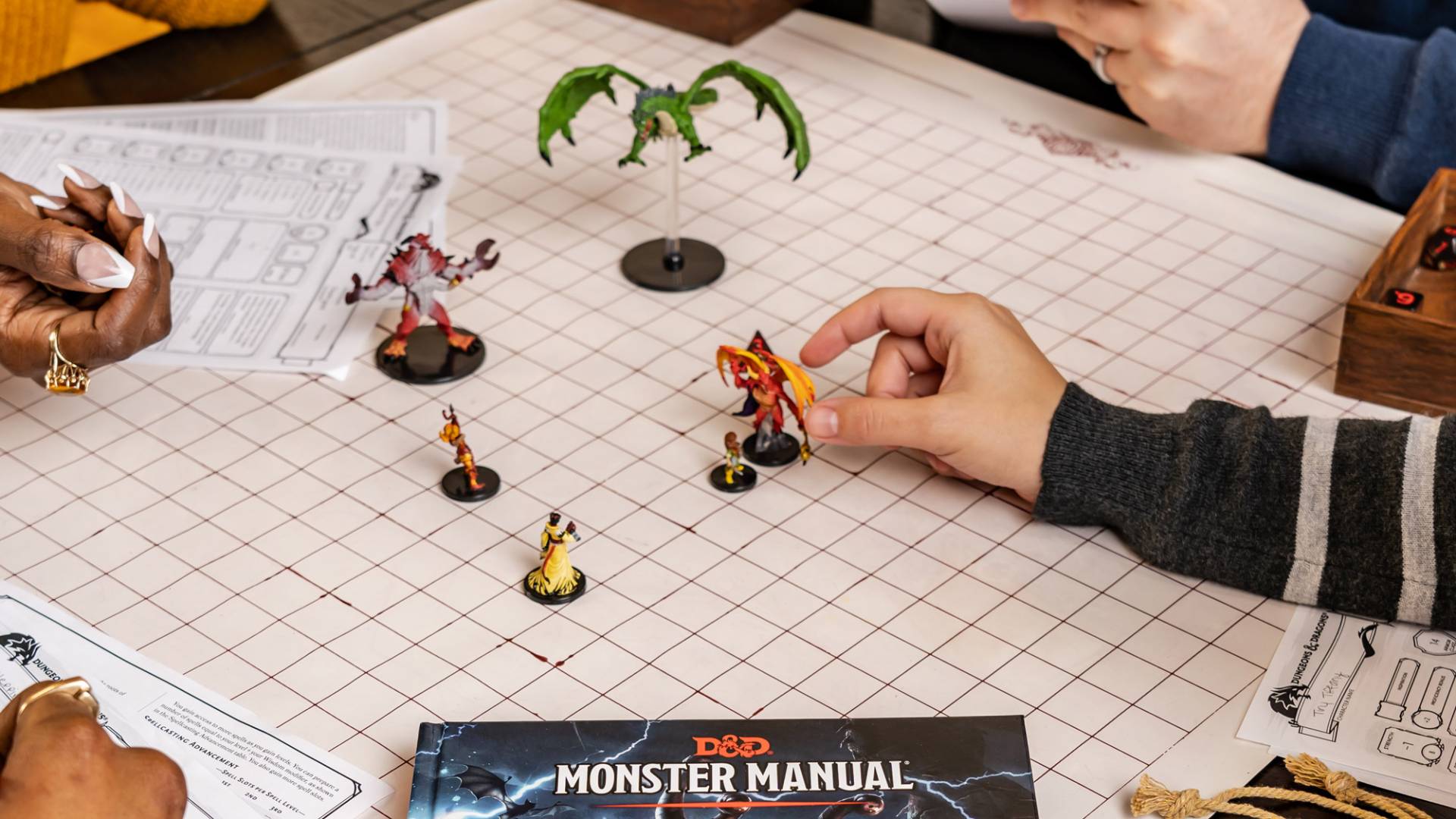
The DM is the game engine, the rest of Baldur’s Gate 3 other than the player and the accompanying party. You’re every pixel, every NPC, and every angry goblin your players will motor through with extreme prejudice. If you’re intending to be the DM rather than the player to start - and someone’s got to do it, so it might as well be you - you’ll still ideally have access to a copy of the basic rules or the Player’s Handbook; as you’ll be the arbiter or referee, deciding any questions the players have about rules, it helps to have them within easy reach.
The other two ‘core books’ you’ll want to pick up eventually are the Monster Manual and the Dungeon Master’s Guide, or DMG. The DMG is full of advice, optional rules, and suggestions geared towards building better encounters and stories for your players. While it can improve your games, it’s not essential: you’re better off buying the Monster Manual first, which is full of great creature statblocks, tidbits of lore for each one, and ideas on how to use them.
However, the most cost-effective way to get started is by purchasing one of the D&D 5e Starter Sets. The Starter Sets comes with a pamphlet full of the basic rules, a set of dice, and a ready-to-play adventure. It’s very well laid out for new DMs and contains the statistics of all the monsters your players will meet, so you don’t even need the Monster Manual or DMG to get started. You can pick up the Starter Sets from Barnes and Noble in the US, Waterstones in the UK, or Amazon AU.
Playing in person
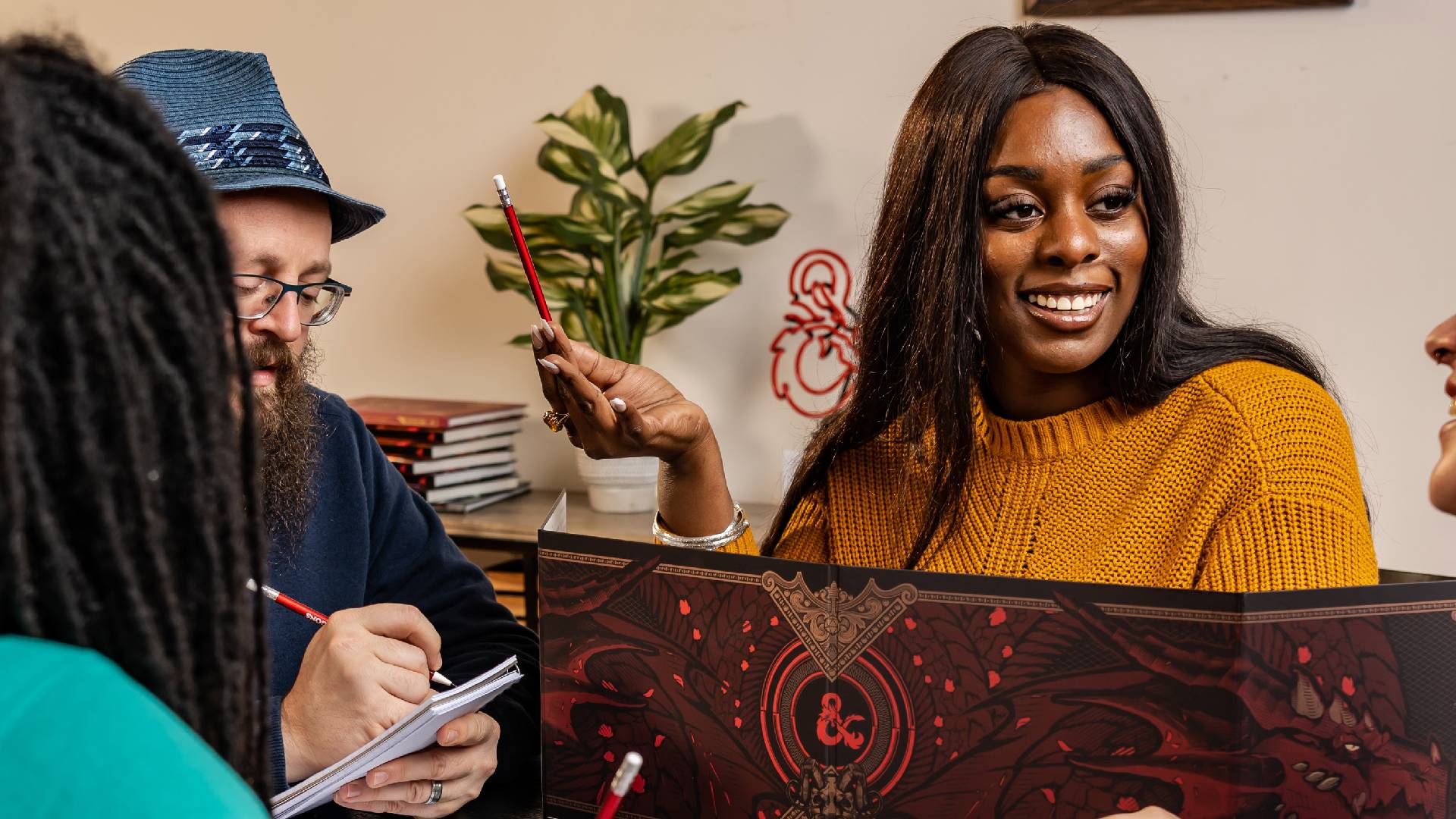
At its core, D&D 5e is a simple game. If you’re playing around a table in person, as the game was originally designed to do, you need some dice, the rules, a character sheet, and a pencil. The Dungeon Master might need some graph paper or a grid to draw maps in advance, but when you really bring it down to brass tacks, those are the bare essentials.
Sets of plastic, polyhedral dice are cheaply available on Amazon UK, Amazon US, and Amazon AU, and blank character sheets are free to download. Although that’s all you need to get started, many people choose to play with miniatures, along with maps laid out on grids or graph paper, to better represent the action. You can grab minis from dndminis.com in the US, Wayland Games in the UK, and Tabletop Empires in Australia.
Other game aids you can use (or make) include complex 3D maps or a dry-erase grid like this one from Paizo, which allows you to draw your dungeon maps over an easy-to-use textured grid. Dice trays can stop your D20s rolling all over the table, while a Dungeon Master’s screen can remind the DM of rules and obscure their dice rolls from players.
Playing Online
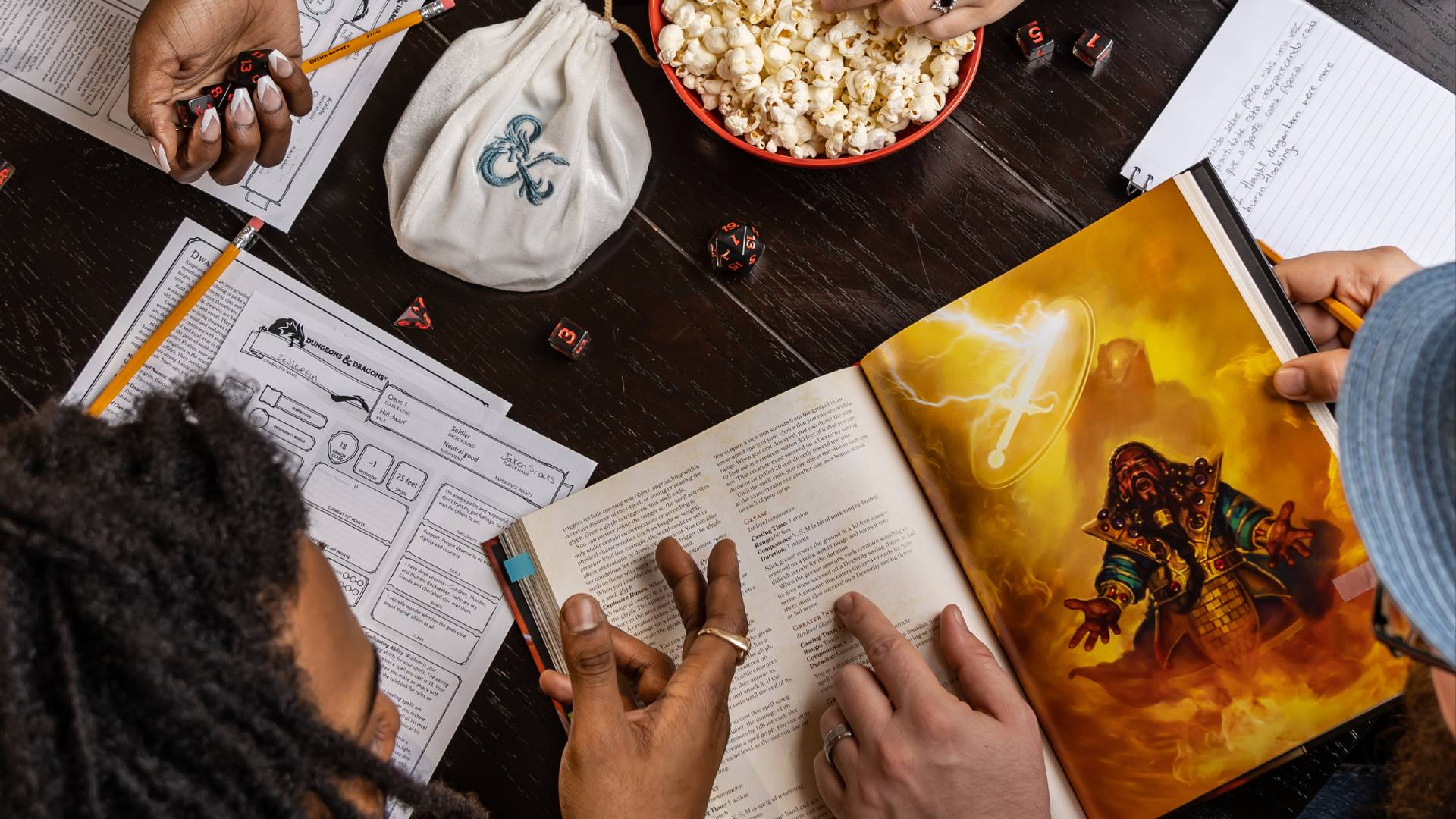
When COVID kept the world at home, TTRPG gamers had to adapt fast and adapt they did. You can play over a video call or even Discord if your group doesn’t rely on maps and grids, and your DM just describes the surroundings and action orally. This is a technique called Theatre Of The Mind, and it's a simple, cost-effective way to play. It's also very immersive and cinematic, like being read a story – at least, until you get in an argument about whether the goblin archers can really see you.
If you prefer a clear visual layout of the action, Virtual TableTop software programs are available. With digital dice rolls, the ability to move your character’s sprite around a map generated by the DM, and even simplistic spell animations, it could be the perfect halfway house between Baldur’s Gate 3 and D&D 5e.
Roll20 and FantasyGrounds are two of the most popular services for this. Roll20 comes in both free and premium tiers, while FantasyGrounds needs a small monthly fee. Players can store their character sheets in the service and roll the dice while adding modifiers automatically, while the DM can create sophisticated maps using in-browser software, and apply effects such as Fog of War and Dynamic Lighting. You can even buy official versions of the books on the Roll20 marketplace.
Playing online means that even if no one’s available to play in your area, or you don’t have a local game store, you can join a game full of other players anytime, anywhere. The best thing about these virtual tabletop services is that even though they have D&D 5e rulesets built-in, both Roll20, and FantasyGrounds can also host games other than 5e if you fancy playing something new, such as the horror RPG Call of Cthulu.
We'd consider Baldur's Gate 3 to be one of the best single-player games, but if you're looking for similar titles to get stuck into, our list of the best RPGs may scratch the itch. However, if you're looking to take things off-screen for a bit, it's worth checking out the best board games to bolster your game night.







